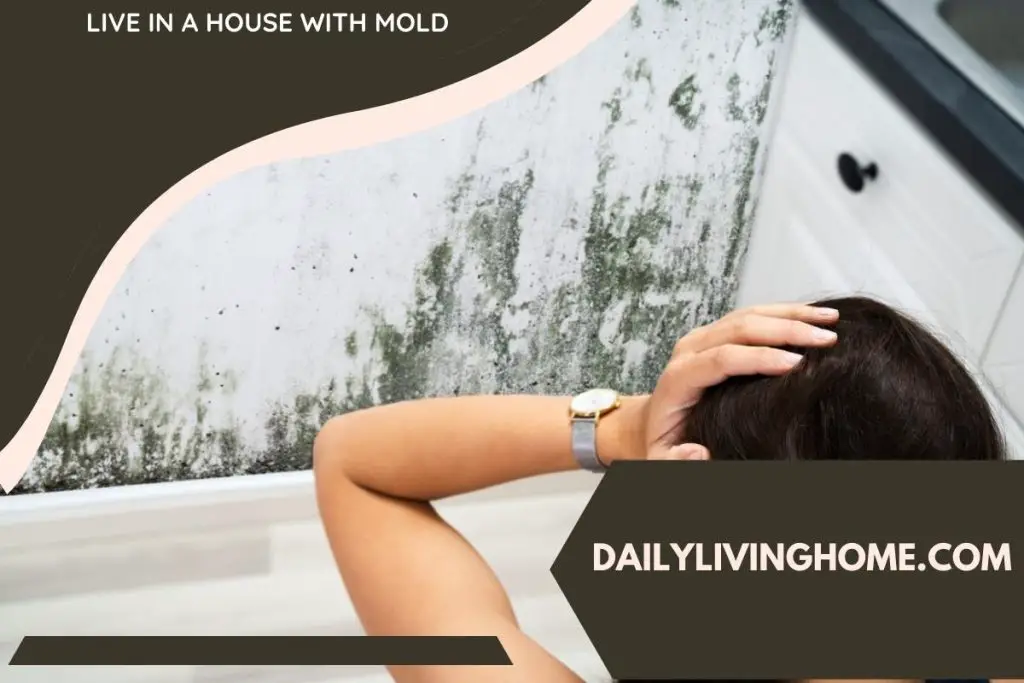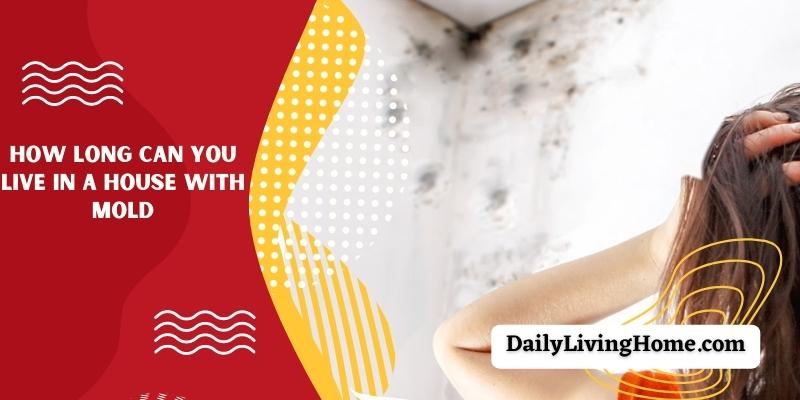Our homes are our safe space. Everyone wants to keep their houses clean and free of significant health risks. One eats, sleeps, and spends most of their time in their home. So, when health risks like mold start to appear, it is not a sign of something fortunate.
Molds, especially black molds, are a common issue around the household. Even when you do not notice it around, it may exist due to an unhygienic environment.
Many people believe that you can still live generally in a house with mold. Yes, people indeed live in houses with mold. However, it is not recommended because it can cause respiratory issues, allergies, and more health scares.
People often wonder how long can you live in a house with mold without knowing the risks it brings. In this write-up, we will discuss the risks of mold around the household, the time you can spend while being exposed to it, and more.
How Long Can You Sleeping In A Room With Mold?

There are no exact answers to this question. How long you can live in a house with mold entirely depends on your body’s reaction to mold. If you have severe allergies, you should not stay in a mold-infested place. If you have asthma, mold exposure will trigger and most likely worsen the case.
All mold is not toxic and majorly dangerous. So it will depend on the type of mold you have in the house. However, finding the type of mold is not something we all learn in college. If the mold you have in your house is toxic, then getting exposed to its toxins is not a good idea.
We will now discuss some of the important factors in this scenario.
Immune System
The immune system of a healthy adult is more potent than an infant or an elderly one. If a healthy adult is exposed to mold, they may experience minor allergic reactions. However, prolonged mold exposure will come with several health risks.
For an infant, a mold-infested house is not good news. Infants and children do not have the strongest immune system. Especially if they have an immune-deficiency disease, they may experience a severe allergy, rashes, and other issues like headaches.
In many cases, the exposure can be life-threatening. The same goes for elderlies too.
Type of Mold
As I have said earlier, the type of mold significantly determines the threat level. That being said, we cannot expect to know all the types of molds. Only an expert will be able to tell the difference.
One of the common mold types, black mold, is also one of the most toxic and dangerous types. With black mold infestation in your house, you will get exposed to toxic mycotoxins. Prolonged exposure to black mold can cause respiratory illnesses.
Cladosporium, another type of mold, is an allergic strain. It may not affect people with a healthy immune system, but if you have allergies, it will worsen your symptoms significantly.
Is Living In A House With Mold Dangerous?
Yes, living in a house with mold is dangerous. It comes with respiratory illnesses, allergies, and many more health risks.
When exposed to mold, you will be facing some of the following symptoms.
- Irritation in skin and eyes. It may cause itching and a burning sensation too.
- Fever and headache.
- Nausea.
- Fatigue.
Some of these symptoms are pretty common. There are not many people who think of mold exposure when experiencing fatigue or nausea.
However, studies show exposure to black mold causes severe fatigue, and prolonged exposure can cause chronic fatigue syndrome.
Minuscule spores will enter your lungs as you inhale the toxins released by black mold. Your immune system will fight these toxic spores, but you will develop allergies. Even if you have pre-existing allergies, the chances of developing another one are pretty high.
Breathing in a toxic environment where you constantly inhale toxic minuscule spores will cause irregular breathing. Interrupted and irregular breathing is one of the most common reasons behind sleep apnea. Mold-induced sleep apnea will also lead to severe exhaustion.
How To Deal With Household Mold?
To eliminate the mold, you need to know how it entered your house, i.e., the root cause. Mold infestation inside the house can happen from a moisture leak or an unnoticed moldy substance.
Believe it or not, mold can enter your house through vents, air conditioning, or even the window. However, it will only regrow in an excessively moist place with no proper ventilation or sunlight.
There are a lot of DIY projects and ideas for getting rid of mold by yourself. If you want to eliminate household mold, then the first step is to find out the root cause. This way, you can get rid of the source or fix it and slowly work your way through the house.
However, mold that has spread all over the house will not be easy to clean. Uprooting mold from your house will be unpleasant and unhealthy if you do not own professional equipment and protective gear. Missing the root cause or any spots with mold will lead to a regrowth meaning all your hard work will go down the drain just like that.
Seeking professional help is the safest and most effective way to eliminate mold in the house. Mold Removal Denver CO is a team of experts who will come to your house and do it for you at a much lower price. They will test the mold type, find the root of infestation, and clean the house thoroughly to ensure a regrowth doesn’t happen.
Final Words
For most of us, our home is our most prized possession. If you are not cautious enough about the place you spend most of your time in, it can lead to crucial issues in the future. Instead of asking how long can you live in a house with mold, you should focus on getting rid of it as soon as possible.

